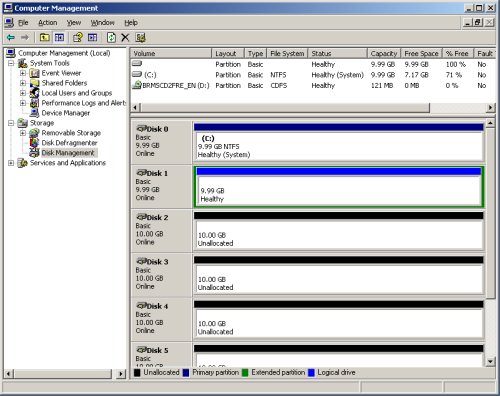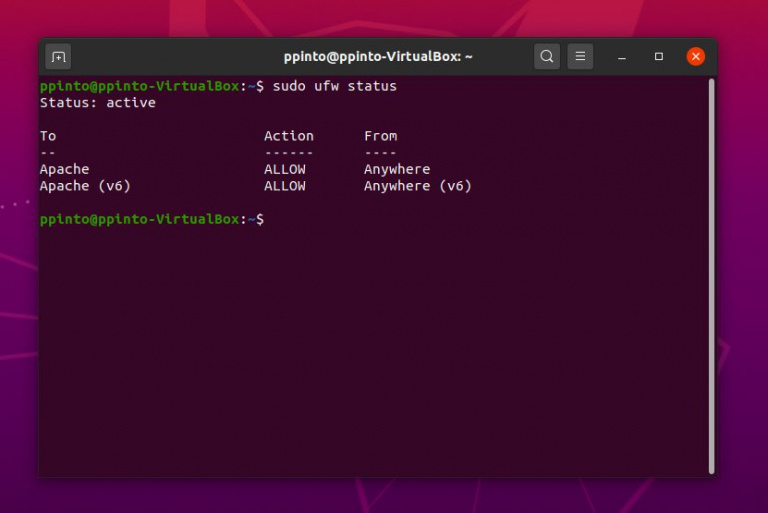

You can also see that the service times (Ave ms) for the writes are averaging a bit high (as high as 30ms). This is a non-RAC database on an HP Proliant DL-585 where database writes are peaking at roughly 140MB/s. NOTE: You may have to right click->view the screen shotĪs an aside, the system was pretty busy as the following screen shot will show. The average size of the async writes for DBWR are not precisely 8KB (the db_block_size for this database) as they would be if this was Oracle9i: The first invocation of the command is used to monitor DBWR only followed by another execution of the command to monitor LGWR. For instance, the following screen shot is an example of cluster wide monitoring of DBWR processes. Yes, I could have just used the mxodmstat(1) command that comes with that package and I would have seen that the average I/O size was not exactly db_block_size as one would expect. I didn’t use ODM for the first part of that thread because I wanted to discuss using strace(1) for such purposes. This URL will get you a copy of the I/O Monitoring feature of our Oracle Disk Manager library. After all, there is very little left to the imagination when monitoring Oracle using this unique feature of our implementation of the Oracle Disk Manager library specification. I have received several emails from existing PolyServe customers asking me why I didn’t just use the Oracle Disk Manager (ODM) I/O monitoring package that is included in the PolyServe Database Utility for Oracle to show the multi-block DBWR writes I blogged about in this post. I enjoyed being one of the technical reviewers of the book. For more information about Oracle (NYSE:ORCL), visit of the topics in this post are also covered in the Julian Dyke/Steve Shaw RAC book that came out last summer. Oracle offers a comprehensive and fully integrated stack of cloud applications and platform services. My Oracle Support provides customers with access to over a million knowledge articles and a vibrant support community of peers and Oracle experts.
ORACLE DISK MANAGER FULL
To view full details, sign in with your My Oracle Support account.ĭon't have a My Oracle Support account? Click to get started! OMF allows for the automatic deletion of physical data files when DBAs remove tablespaces. OMF enables DBAs to set database parameters, such as the init.ora parameters for db datafile, controlfile, and logfile names, and for those structures to be named automatically. ODM uses port d to communicate with other ODM instances to support the file management features of Oracle Managed Files (OMF). Oracle can make use of Kernel Async I/O libraries (KAIO) with raw devices to improve performance. ¢File systems generally go through a standard Sync I/O library when performing I/O. Allowing Oracle to perform locking allows for finer granularity of locking at the row level. ¢File locking that allows for only a single writer at a time. This scenario requires copying data from the file system cache to the Oracle cache. ¢Extra CPU and memory usage to read data from underlying disks to the file system cache. ¢Efficient file creation and disk allocation.ĭatabases using file systems typically incur additional overhead: ¢Few system calls and context switches. Veritas ODM enables performance benefits provided by Oracle Disk Manager: For example, before creating a new data file with a specific name, ODM checks with other nodes to see if the file name is already in use. Nodes communicate with each other before performing any operation that could potentially affect another node. The SF Oracle RAC implementation of ODM generates performance equivalent to performance with raw devices while the storage uses easy-to-manage file systems.Īll ODM features can operate in a cluster environment. When the Veritas ODM library is linked, Oracle is able to bypass all caching and locks at the file system layer and to communicate directly with raw volumes.
ORACLE DISK MANAGER HOW TO
The present document provides an example about how to validate and verify if ODM (Oracle Disk Manager) is enabled on your environment.

Information in this document applies to any platform. Oracle Cloud Infrastructure - Database Service - Version N/A and later

Gen 1 Exadata Cloud at Customer (Oracle Exadata Database Cloud Machine) - Version N/A and later Oracle Database Cloud Schema Service - Version N/A and later Oracle Database - Enterprise Edition - Version 10.2.0.1 to 11.2.0.2

Oracle Database Exadata Express Cloud Service - Version N/A and later How To Validate/Verify ODM (Oracle Disk Manager) Is Enabled.


 0 kommentar(er)
0 kommentar(er)
